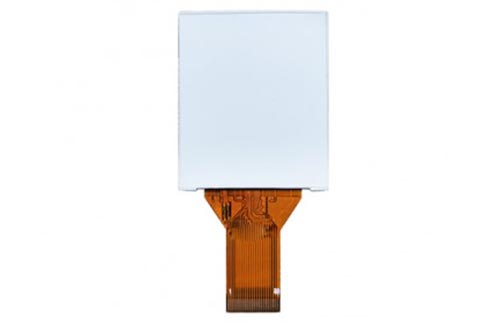Do square monitors exist?
Views: 469 Update date: Mar 07,2024
In the ever-evolving landscape of display technology, the prevalence of widescreen monitors often overshadows alternative options. However, amidst this widescreen dominance, the question arises: do square monitors still exist?
Square monitors, characterized by their equal height and width dimensions, were once commonplace in the era of CRT displays. However, with the advent of LCD technology and the subsequent rise of widescreen displays, square monitors experienced a decline in popularity. Despite this shift, square LCD screens have maintained their presence in niche markets and specific use cases.
While widescreen monitors are favored for multimedia consumption and immersive gaming experiences, square monitors offer unique advantages in certain professional environments. Their balanced aspect ratio provides an optimal canvas for tasks that prioritize vertical space, such as coding, document editing, and graphic design.
In scenarios where vertical scrolling is frequent, square monitors enable users to view more content at once without the need for constant adjustment. This can result in increased productivity and reduced eye strain, particularly for tasks that involve extensive reading or data analysis.
Beyond their functional benefits, square monitors evoke a sense of nostalgia for some users, harkening back to the early days of personal computing. For those seeking a departure from the ubiquitous widescreen format, square LCD screens offer a distinctive aesthetic and a connection to the past.
While square monitors may not be as readily available in mainstream retail channels as widescreen options, they can be sourced from specialized vendors and online retailers catering to niche markets. When considering the purchase of a square LCD screen, it's essential to assess your specific requirements and ensure compatibility with your existing hardware and software ecosystem.
Additionally, factors such as resolution, color accuracy, and ergonomic features should be taken into account to ensure an optimal viewing experience. By carefully evaluating your needs and conducting thorough research, you can find a square monitor that meets your expectations and enhances your workflow.
In conclusion, square monitors continue to exist as a niche category within the broader spectrum of display technology. While they may not dominate the market as they once did, square LCD screens offer functional advantages and evoke nostalgia for those seeking a departure from the widescreen norm.
Square monitors, characterized by their equal height and width dimensions, were once commonplace in the era of CRT displays. However, with the advent of LCD technology and the subsequent rise of widescreen displays, square monitors experienced a decline in popularity. Despite this shift, square LCD screens have maintained their presence in niche markets and specific use cases.
The Functional Advantages of Square Monitors
While widescreen monitors are favored for multimedia consumption and immersive gaming experiences, square monitors offer unique advantages in certain professional environments. Their balanced aspect ratio provides an optimal canvas for tasks that prioritize vertical space, such as coding, document editing, and graphic design.
In scenarios where vertical scrolling is frequent, square monitors enable users to view more content at once without the need for constant adjustment. This can result in increased productivity and reduced eye strain, particularly for tasks that involve extensive reading or data analysis.
Beyond their functional benefits, square monitors evoke a sense of nostalgia for some users, harkening back to the early days of personal computing. For those seeking a departure from the ubiquitous widescreen format, square LCD screens offer a distinctive aesthetic and a connection to the past.
Moreover, square monitors continue to find relevance in specialized applications where their unique aspect ratio is advantageous. From medical imaging and industrial control systems to financial trading platforms, square displays serve specific professional needs that cannot be adequately met by widescreen alternatives.
Availability and Considerations
While square monitors may not be as readily available in mainstream retail channels as widescreen options, they can be sourced from specialized vendors and online retailers catering to niche markets. When considering the purchase of a square LCD screen, it's essential to assess your specific requirements and ensure compatibility with your existing hardware and software ecosystem.
Additionally, factors such as resolution, color accuracy, and ergonomic features should be taken into account to ensure an optimal viewing experience. By carefully evaluating your needs and conducting thorough research, you can find a square monitor that meets your expectations and enhances your workflow.
In conclusion, square monitors continue to exist as a niche category within the broader spectrum of display technology. While they may not dominate the market as they once did, square LCD screens offer functional advantages and evoke nostalgia for those seeking a departure from the widescreen norm.




